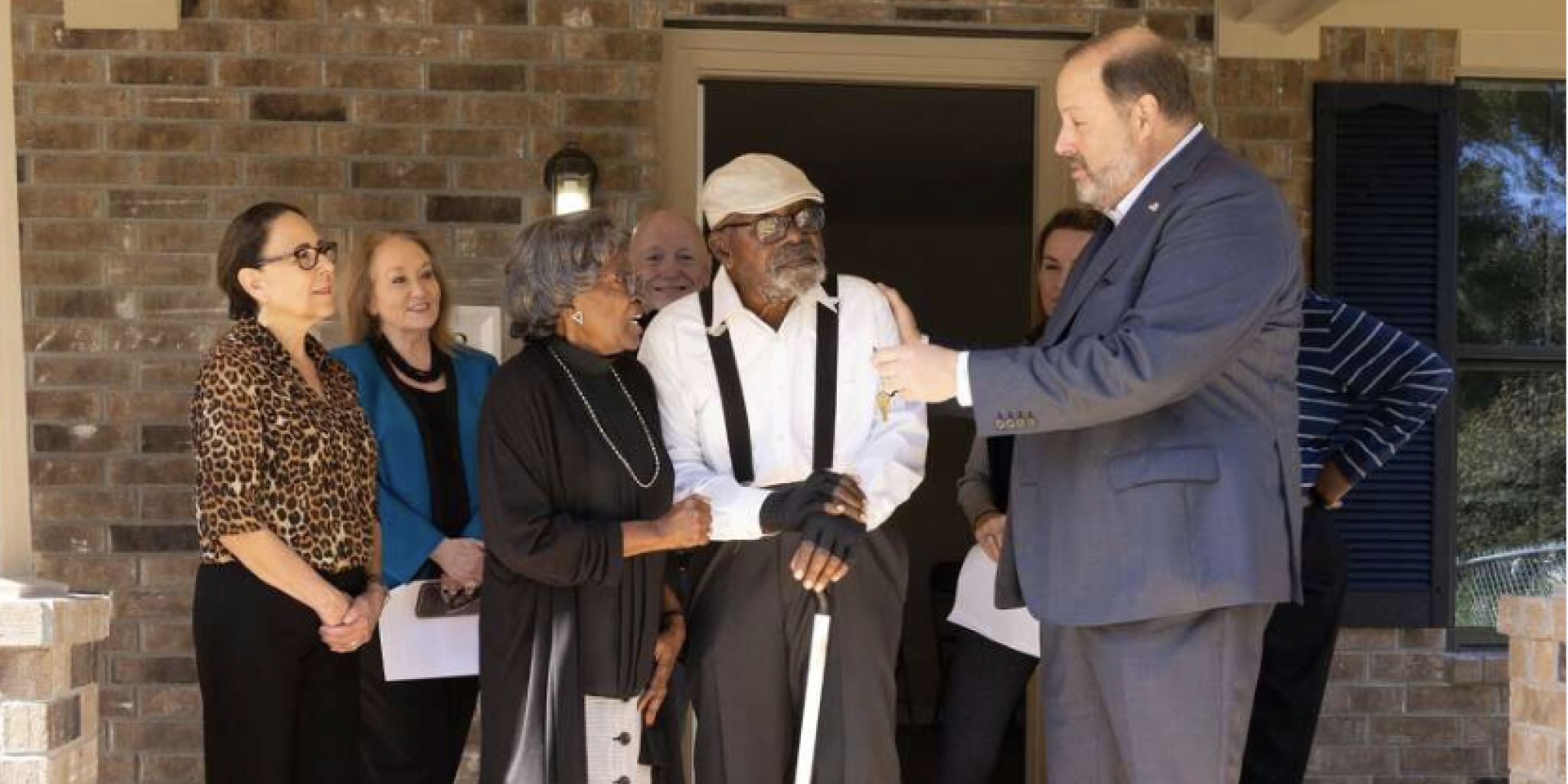With January ushering in the 2025 tax season, it’s time to navigate new IRS tax brackets and other key changes that could influence whether you’ll receive a refund or owe taxes. Understanding how tax brackets and other updates work is essential for successful tax planning.
.jpg)
The 2025 tax season has begun, bringing with it revised IRS tax brackets and significant changes that may affect refunds or tax payments. Tax brackets, the tiers that define the progressive taxation of income, are essential for grasping the amount of tax liability. Although the rates for 2025 remain the same—spanning from 10% to 37%—the income thresholds for each bracket have been modified to reflect inflation adjustments.
In 2025, single filers will have the 10% bracket applicable to incomes reaching $11,925, whereas married couples filing jointly will experience the same rate for incomes up to $23,850. The top tax rate of 37% is applicable to individual incomes over $626,350 and joint incomes surpassing $751,600.
Important updates for the 2024 tax year, relevant for returns filed in 2025, include an increase in the maximum Earned Income Tax Credit (EITC) to $7,830 for eligible taxpayers with three or more children—up from $7,430 in 2023. Taxpayers should keep in mind that entering a higher tax bracket does not imply that all income will be taxed at that elevated rate; instead, only the income that surpasses the threshold of the bracket will be subject to the higher rate.
With the onset of tax season, these adjustments highlight the necessity of examining income, deductions, and credits to guarantee precise filings and enhance financial planning. These adjustments enable taxpayers to more effectively prepare for filing deadlines and reduce unexpected issues.

The Conroe City Council did not take action on Thursday on Willis ISD's petitions for a tree ordinance variance and the annexation of a new school campus. Both topics died without any debate.

The Conroe City Council approved spending $6 million to buy 12.84 acres for a potential future City Hall. The purchase exceeds city requirements for reserves and cannot proceed without voter approval.

Four longtime Conroe families in the historic Dugan and Madeley Quarter neighborhoods received new mortgage-free homes this week through a federal Community Development Block Grant. The program has rebuilt 86 homes since the 1990s.